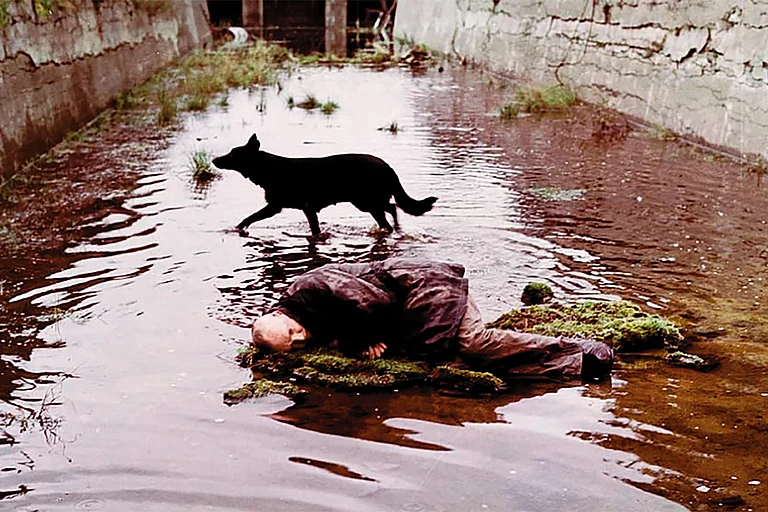Every February 14th, the world embraces a kaleidoscope of red and pink, celebrating love in all its forms. But beneath the heart-shaped balloons and chocolate bouquets lies a fascinating history, woven with ancient rituals, mythical figures, and the evolving concept of love itself. Let's embark on a journey to uncover the intriguing origins of Valentine's Day, a celebration that has traversed cultures and centuries.
From Pagan Revelry to Christian Mystery
Our exploration begins in the heart of ancient Rome, where the seeds of Valentine's Day were sown amidst a pagan festival called Lupercalia. Celebrated in mid-February, this lively event honored fertility and purification through animal sacrifices, matchmaking rituals, and playful "whippings" with strips of animal hide! While seemingly far removed from our modern-day romance, Lupercalia's focus on fertility and pairing hints at the themes that would later blossom into Valentine's Day.
With the rise of Christianity, Lupercalia was eventually deemed incompatible with new religious beliefs. However, the church, seeking to Christianize existing traditions, might have chosen February 14th to honor one or more martyred saints named Valentine. Unfortunately, the exact identity and stories of these saints remain shrouded in mystery, adding an air of intrigue to the day's origin.
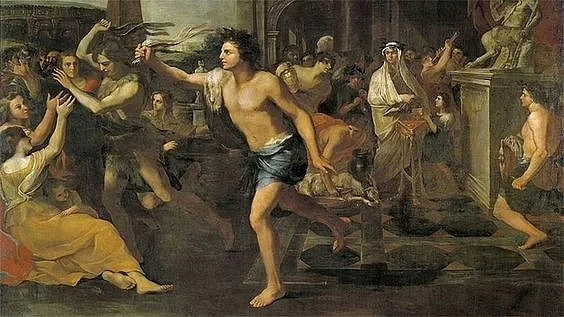
A Medieval Explosion of Romance
Fast forward to the Middle Ages, and Valentine's Day undergoes a metamorphosis. Gone are the pagan rituals, replaced by a burgeoning association with courtly love and romantic gestures. This era witnessed the blossoming of "valentines," handwritten love notes often adorned with intricate designs and expressing affection through elaborate poems, riddles, and even anonymous declarations. These notes, exchanged between admirers, contributed significantly to the day's evolving romantic connotation.
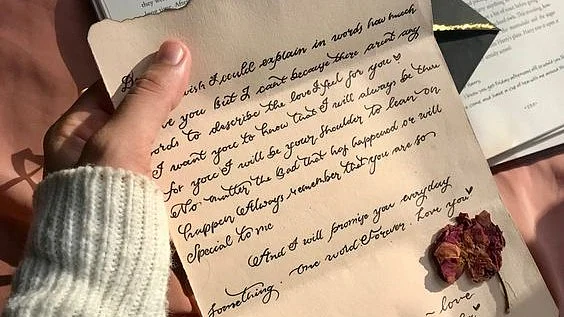
Shakespeare and Spenser
The literary giants of the era further solidified the link between Valentine's Day and romantic love. William Shakespeare, in his iconic play "Hamlet," famously mentioned the sending of valentines, while Edmund Spenser, in his epic poem "Faerie Queene," depicted February 14th as a day for birds to choose their mates. These literary references not only romanticized the day but also helped solidify its association with courtship and affection.
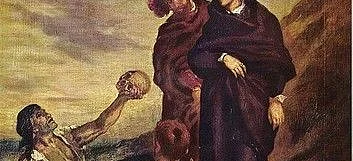
Industrialization and the Rise of Hallmark
The 19th century ushered in a significant shift with the advent of mass-produced Valentine's Day cards. Companies like Esther Howland in the US started offering pre-printed cards with sentimental messages and ornate designs, making it easier and more affordable for people to express their feelings. This commercialization, while sometimes criticized, undoubtedly contributed to the widespread popularity of the holiday we know and celebrate today.
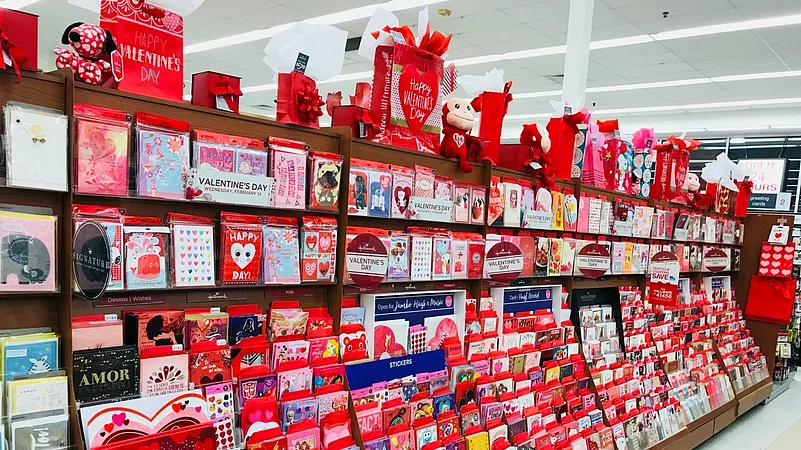
A Global Celebration of Love
Today, Valentine's Day has transcended its historical roots and become a global phenomenon. While traditions vary across cultures, the essence remains the same: celebrating love, affection, and appreciation for loved ones. From exchanging gifts and enjoying candlelit dinners to simply expressing gratitude, the day offers a unique opportunity to connect and cherish our relationships.
However, it's important to remember that the true spirit of Valentine's Day transcends commercialism and societal expectations. It's a day to celebrate love in all its diverse forms, be it romantic love, platonic love, self-love, or familial love. Whether you choose to spend the day with a significant other, friends, family, or even indulge in some self-care, let the celebration be a genuine expression of love and appreciation.








